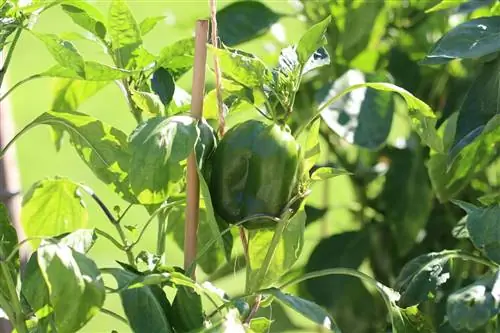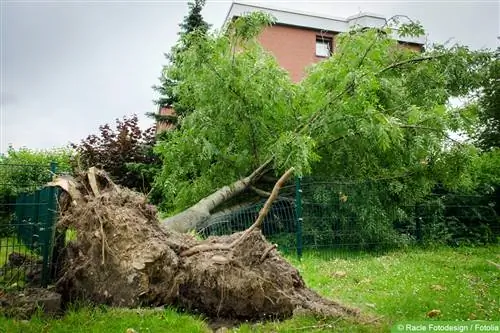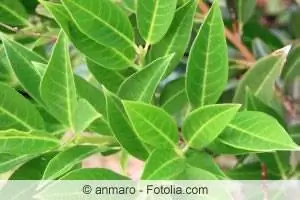- Author admin [email protected].
- Public 2023-12-17 03:39.
- Last modified 2025-01-24 12:45.
Mixed culture is not suitable for every plant. However, pepper plants are among those that can develop better with real neighbors than alone. We present 12 recommended planting partners.
Mixed Culture
Planting different varieties together has been practiced for generations. Farmers and gardeners recognized earlier that plants growing on an area at the same time influence each other. The combination of different varieties can have a positive or negative effect on the individual plants.
The advantages of mixed culture:
- efficient use of available space
- mutual defense against pests and diseases
- Support pollination
- Release of soil-improving substances by certain species
- Reducing soil erosion
- Protection against drying out of the soil through permanent vegetation
- Contribution to the preservation of biodiversity
- Weed reduction
Note:
Avoid mixing plants of the same family as they are attacked by the same pests and can suffer from the same diseases. Combine plants that can repel neighbors' pests.
Suitable plant neighbors
Basil (Ocimum basilicum)
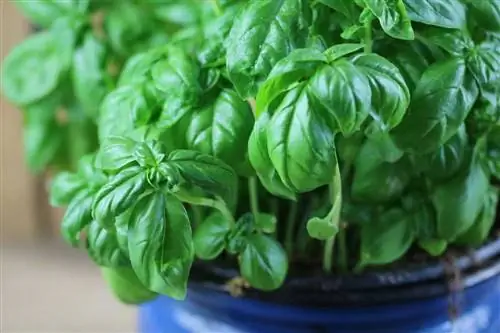
- Basil is just as warm-loving as all peppers.
- The herb attracts bees and pollinating insects.
- Basil protects its neighbors from mildew.
- The whitefly and also cabbage white butterflies give it a wide berth.
- This benefits the other partners in the bed.
Boretsch (Borago officinalis)
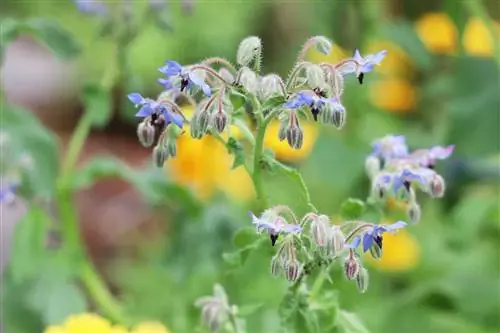
- If you have a garden, you shouldn't do without borage.
- With its blue flowers, the spice and medicinal plant looks very beautiful.
- It magically attracts bees and bumblebees and the pollination of peppers and other plants in the garden is ensured.
- The popular culinary herb helps improve the soil.
Dill (Anethum graveolens)
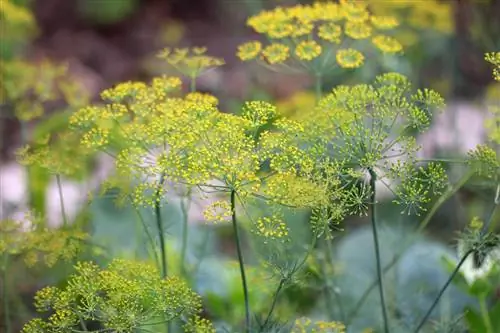
- Dill on the pepper bed keeps aphids away.
- The herb is one of the weak eaters.
- It has a long taproot.
- There is no need to fear nutrient competition with the pepper plants.
Cucumbers (Cucumis sativus)
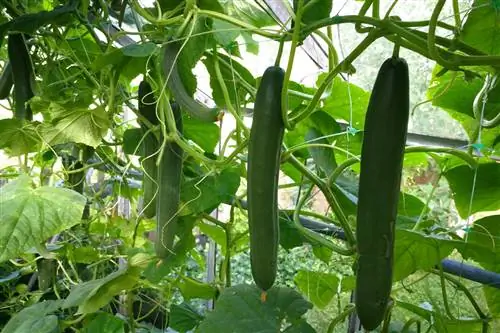
- Cucumbers and peppers not only complement each other in salads.
- The two crops also have a positive effect on each other in the vegetable patch.
Tip:
The vitamin C content of ripe peppers is unmatched by any other vegetable?
Chamomile (Matricaria chamomilla)

- The real chamomile, like all types of peppers, loves the sun.
- It attracts bees and other flower-visiting insects.
Garlic (Allium sativum)
- Garlic and Capsicum get along excellently when mixed in one bed.
- The hot onion plant protects against fungal attack and contributes to the he althy development of pepper plants.
Cabbage (Brassica)

- Cabbage and peppers are perfect partners.
- Almost all types of cabbage are heavy feeders.
- The location requirements are similar to those for pepper plants.
- Warmth, sun, regular water and fertilizer are required.
Carrots (Daucus carota subsp. sativus)
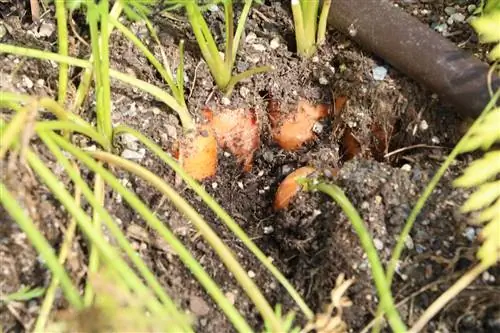
- Carrots grow well on well-shaded, loose, humus-rich soils with few weeds.
- Weeds hardly have a chance in mixed cultures with pepper plants and onions.
Marigold (Calendula)
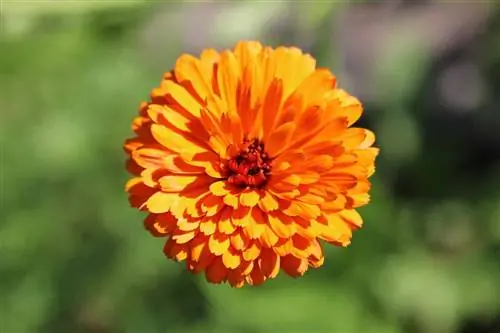
- Marigolds should not be missing in any garden.
- The pretty yellow and orange flowers attract bees, butterflies and bumblebees as pollinators for other vegetables and fruit trees.
- Marigolds keep snails, wireworms, nematodes and other pests away.
- The decorative plant requires only a few nutrients, so it does not compete with the useful plants.
Rosemary (Salvia rosmarinus)
- Rosemary is a popular bee food plant.
- Carrots, cabbage and capsicum can develop splendidly in partnership with the spice and medicinal herb.
Student flower (Tagetes)
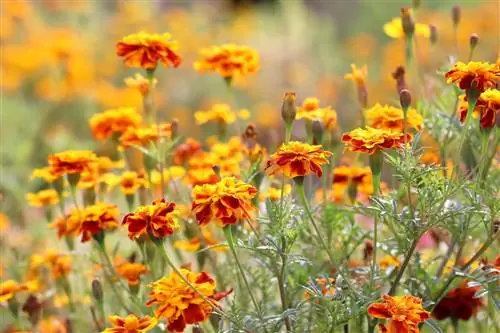
- The marigolds with their bright flowers are not only pretty to look at, they have a positive effect on plants in the neighborhood.
- They attract beneficial insects and use their scent to drive away nematodes, ants and whiteflies.
- Tagetes have similar location requirements as pepper plants.
Tomatoes (Solanum lycopersicum)

- Many dishes contain both tomatoes and peppers.
- The two vitamin-rich vegetables also get along very well on the bed.
- They have similar requirements for the location.
Bad planting neighbors
For a mixed pepper cultureunsuitable are:
- Aubergines (Solanum melongena)
- Beans (Phaseolus vulgaris)
- Peas (Pisum sativum)
- Fennel (Foeniculum vulgare)
- Nasturtium (Tropaeolum)
- Potatoes (Solanum tuberosum)
- Leek (Allium ampeloprasum)
- Beetroot (Beta vulgaris)
Location requirements of pepper vegetables
- Peppers (Capsicum) are heavy feeders.
- It needs nutrient-rich soil.
- The location should be as warm and sunny as possible.
- Make sure that the pepper plants do not dry out.
- Watering regularly in summer.
- Fertilize with organic fertilizer or nettle manure.

